Better briefs #2:
Make them more effective.
Over the last 25 years, 2LK have heard a few interesting analogies to describe a great design brief. A treasure map that tells you where to dig. An ingredients card for stir-fry cooking. Charming as these are, they always reach the same conclusion – the brief should provide direction, guidance and an end goal.
First up, let’s remind ourselves why a brief is needed at all. According to the Design Council, ‘design’ is described as “The application of user insight and data to generate radical innovations that change perceptions and behaviours, rather than accommodating them.” Plenty of moving parts in that statement, but how does it support the importance of the brief?
For any agency founded on creating effective experiences like 2LK, the brief is an indispensable document, critical to a project’s ultimate success. It’s a shared tool for client and agency, used to filter all decisions and ensure the work meets its objectives.
Setting defined and focused objectives is essential from the get-go. For example, a redesigned entrance area at London’s Science Museum had a very simple aim – to increase visitor donations. The new design definitely fulfilled that, with donations increasing by 80% in the six-month period immediately after the installation.
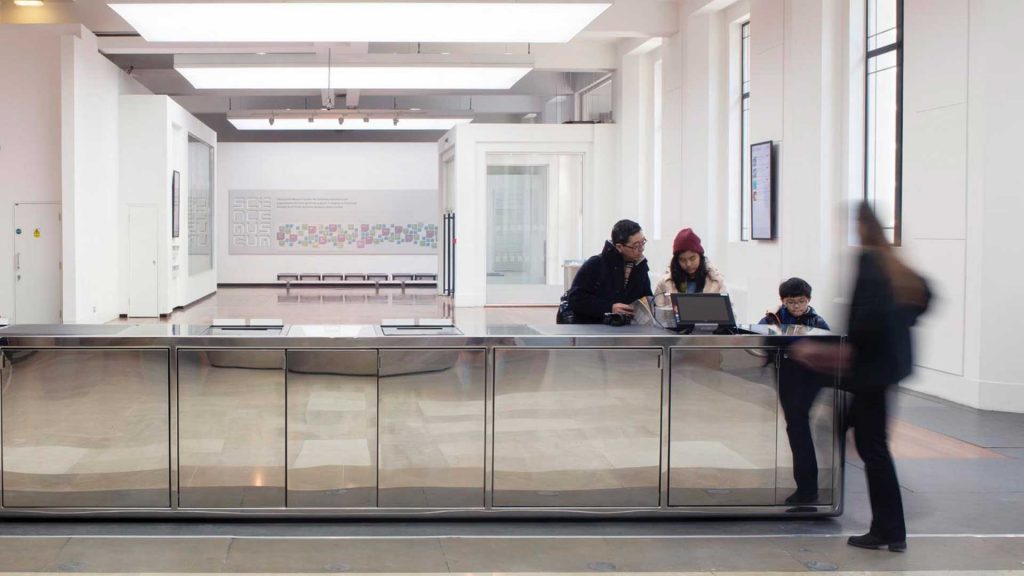
(photo courtesy of UDS)
For Intel at CES in Las Vegas a couple of years ago, 2LK’s primary objective was to increase visitor traffic. Cue to the creation of an immersive, award-winning experience that attracted over 80% of all CES attendees, smashing all previous records.
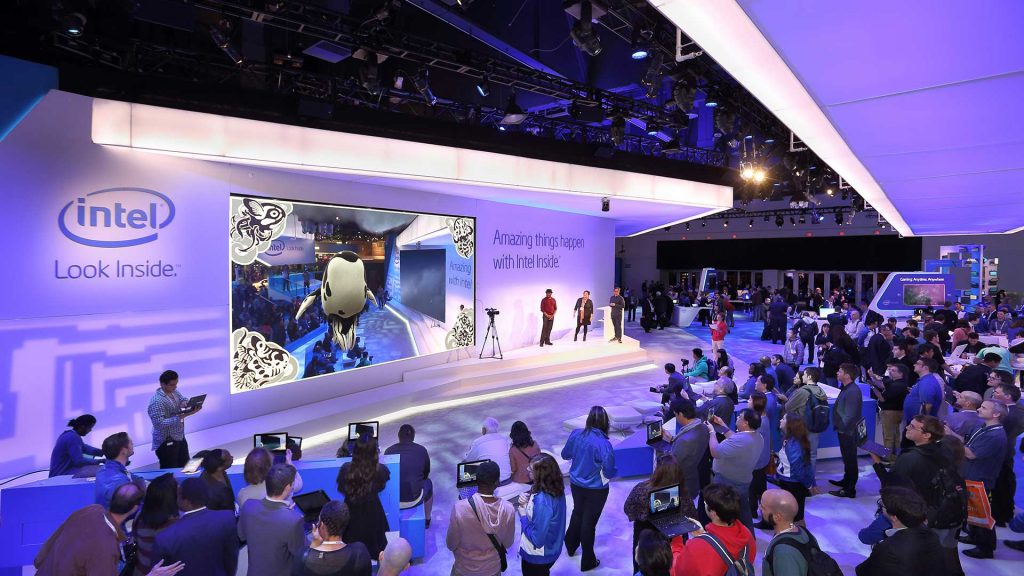
To craft an inspirational brief, stakeholder collaboration is also key. It’s important to recognise your own ‘superpower’, such as insight, design, technology or production, whilst acknowledging your weaknesses.
Legendary American adman Bill Bernbach understood the power of the collaborative process as well as the strengths and weaknesses on both sides. He even included it in his agency’s contract with Avis car rental back in the 1960s: “Avis will never know as much about advertising as DDB. DDB will never know as much about the rent-a-car business as Avis.” The contract also said, “The client will approve or not approve, but will not attempt to improve a design.”
A Honda project at 2LK also demonstrated this. Upon winning the work, the first kick-off meeting feedback resulted in virtually no change to the original pitched design, with Honda even stating: “We’re not the booth designer, you are”. It was testament to the trust they had in their brand experience partner and the recognition of combined superpowers.
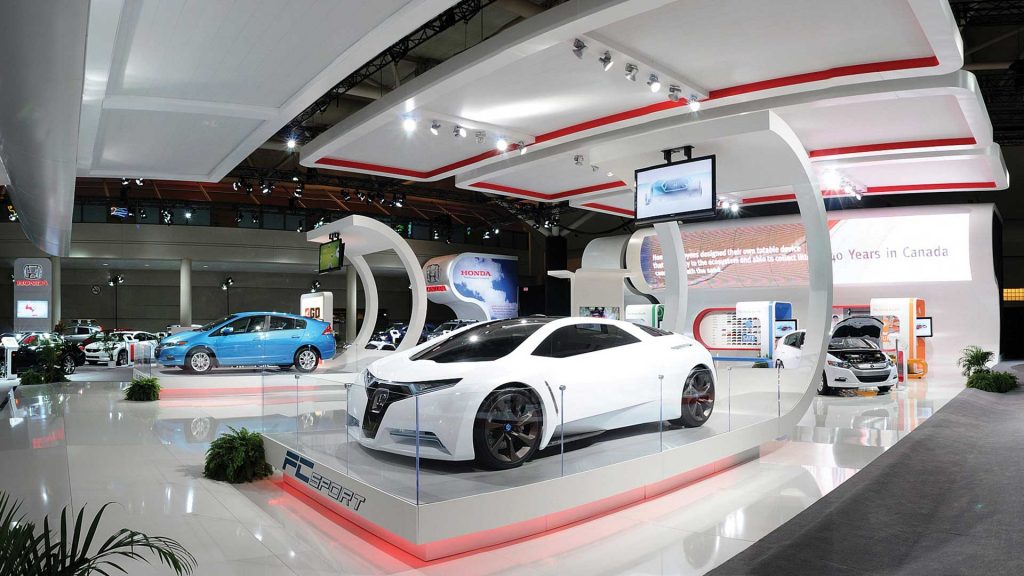
I often talk about ‘The peak of influence’. The key point in the design process when the agreed brief makes the biggest positive impact, it should come very early on in any project.
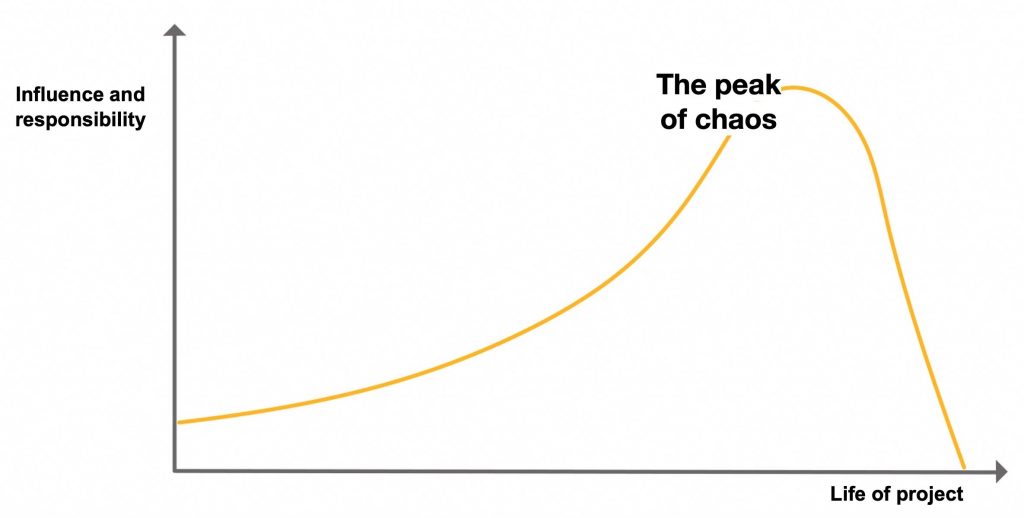
As the project lifecycle evolves, influencing the design process in a positive way reduces. This results in what I call ‘The peak of chaos’ – when there are too many points of view, too late in the day. It’s where nerves become shredded and budgets are decimated.
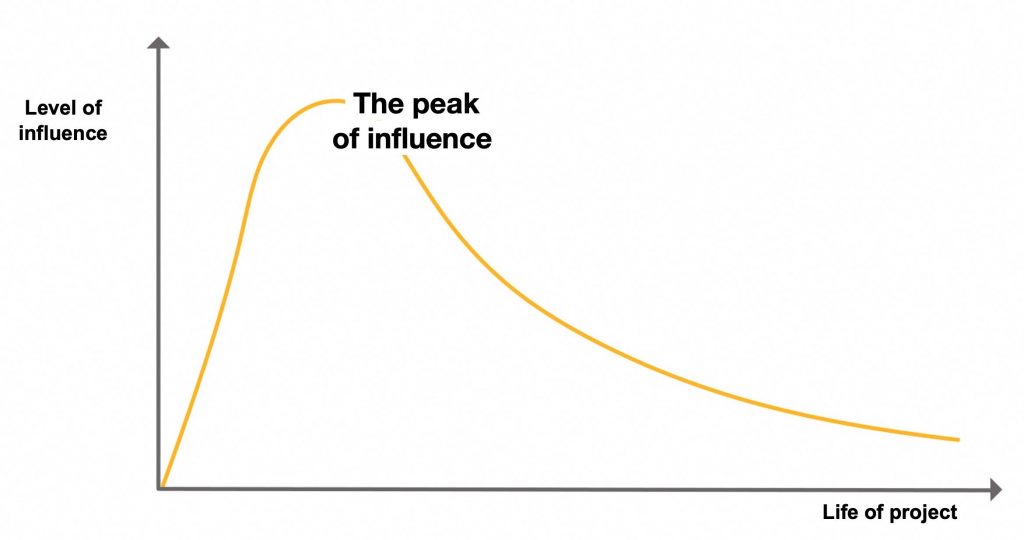
So, you must have clear objectives when forming your brief. You need to define the roles and responsibilities of everyone involved in the project. And you must ensure that everyone is aligned at the beginning of the design process, not chaotically coming together at the end! Get these elements in place and you’re on your way to a really effective brand experience.
More reading:
Better Briefs #1: Top Tips To Inspire
Effective Experiential: Beware the PR Stunt.
Why Attracting the Right Agency Matters.
Plans Are Nothing. Planning Is Everything.